Table of Contents
Moving to a new home is an exciting milestone, but it also comes with its fair share of challenges. From packing up your belongings to navigating the logistics of the move, there’s a lot to consider to ensure a smooth transition. However, with the right planning and preparation, you can minimize stress and make the moving process more manageable. In this guide, we’ll provide you with expert tips and strategies for every step of the moving journey, from creating a budget to settling into your new home. Whether you’re a first-time mover or a seasoned veteran, these insights will help you navigate the complexities of moving with confidence and ease.
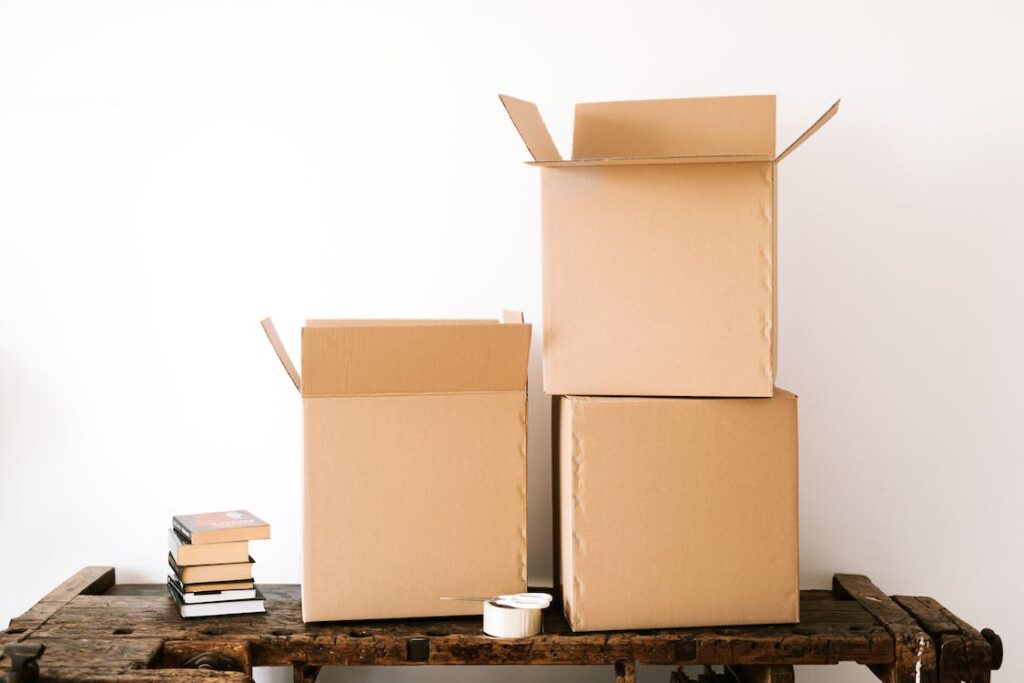
Understanding the Significance of Thoughtful Packing
Packing is a crucial aspect of any move, and its impact extends far beyond just placing items into boxes. Thoughtful packing can significantly contribute to a smooth and successful relocation, while haphazard packing can lead to damaged belongings and unnecessary stress. Here’s why paying attention to your packing process is essential:
How to Assess the Impact of Packing on a Smooth Move
Before diving into packing, it’s essential to understand how it affects the entire moving process. Effective packing ensures that your belongings are well-protected during transit, minimizing the risk of damage. It also facilitates the unpacking process at your new home, saving you time and effort. Conversely, poor packing can result in broken items, misplaced belongings, and delays in settling into your new space.
To assess the impact of packing on your move, consider the following factors:
- Protection of Belongings: Proper packing techniques safeguard your items from damage caused by shifting during transport.
- Efficiency of Unpacking: Well-labeled and organized boxes streamline the unpacking process, allowing you to quickly locate and access essential items.
- Overall Moving Experience: Smooth packing and unpacking contribute to a positive moving experience, reducing stress and frustration for you and your family.
How to Set the Stage for a Damage-Free Relocation
Now that you understand the importance of thoughtful packing, it’s time to lay the groundwork for a damage-free relocation. Here are some steps to get started:
- Start Early: Begin the packing process well in advance of your move date to avoid last-minute rush and ensure thorough packing.
- Gather Packing Supplies: Stock up on essential packing materials such as sturdy boxes, packing tape, bubble wrap, packing paper, and markers.
- Create a Packing Plan: Develop a strategy for packing your belongings systematically, starting with non-essential items and gradually working towards everyday essentials.
- Declutter and Organize: Sort through your belongings before packing and purge items you no longer need or use. Organize belongings by category to streamline packing and unpacking.
Gathering Essential Packing Supplies
To ensure a smooth and efficient packing process, it’s crucial to have all the necessary packing supplies on hand. Here’s how to gather the essential packing materials:
How to Create a Comprehensive Packing Materials Checklist
- Assess Your Needs: Take inventory of your belongings to determine the types and quantities of packing materials you’ll need. Consider factors such as the size of your home, the number of rooms, and the types of items you’ll be packing.
- Make a List: Create a comprehensive checklist of packing materials, including boxes of various sizes, packing tape, bubble wrap, packing paper, protective padding, markers, labels, and any specialty packing supplies needed for fragile or valuable items.
- Estimate Quantities: Determine the approximate quantities of each packing material based on the size and quantity of your belongings. It’s better to overestimate slightly to ensure you have enough supplies on hand.
- Shop Smart: Once you have your list, shop around for the best deals on packing supplies. Consider purchasing in bulk to save money and look for discounts or promotions offered by moving supply retailers.
How to Source Affordable Packing Supplies
- Local Retailers: Start by checking with local hardware stores, office supply stores, and home improvement centers, which often carry a variety of packing supplies at competitive prices.
- Online Retailers: Explore online marketplaces and specialty moving supply websites for a wider selection and potentially lower prices. Be sure to factor in shipping costs and delivery times when ordering online.
- Recycled Materials: Consider using recycled or repurposed packing materials to save money and reduce waste. Check with friends, family, or local businesses for free or low-cost boxes and packing materials.
Packing Room by Room: Your Ultimate Guide to an Organized Move
Packing your home room by room is a strategic approach that not only helps streamline the packing process but ensures that items are packed efficiently and logically. Here’s how to tackle this method effectively:
How to Start with One Room at a Time
Choose a Starting Point: Begin with a room that is less frequently used or contains items that are not essential for daily living. This allows you to focus your efforts without disrupting your daily routine.
Gather Packing Supplies: Before you begin packing, gather all the necessary packing supplies for the room you’re tackling. Having everything you need on hand, such as boxes, tape, and bubble wrap, will help you stay organized and minimize interruptions.
Sort and Declutter: As you pack, take the opportunity to declutter and streamline your belongings. Create categories such as keep, donate, sell, and discard, setting aside items that you no longer need or want.
Pack Similar Items Together: Keeping similar items together not only keeps things organized but also makes unpacking easier. For example, pack all books together, all clothes together, and all kitchen items together.
Strategies for Efficient Packing
Use Proper Packing Techniques: When packing fragile items, use plenty of cushioning materials such as bubble wrap or packing paper to protect them during transit. Each item should be wrapped individually and packed snugly in boxes.
Label Boxes Clearly: Each box should be labeled with its contents and the room it belongs in. Use a permanent marker to write legibly on the box’s top and sides, making it easy to identify the contents at a glance.
Pack Heavy Items at the Bottom: When packing boxes, place heavier items at the bottom and lighter items on top to prevent crushing or damage. Ensure weight is distributed evenly and avoid overpacking boxes to keep them manageable.
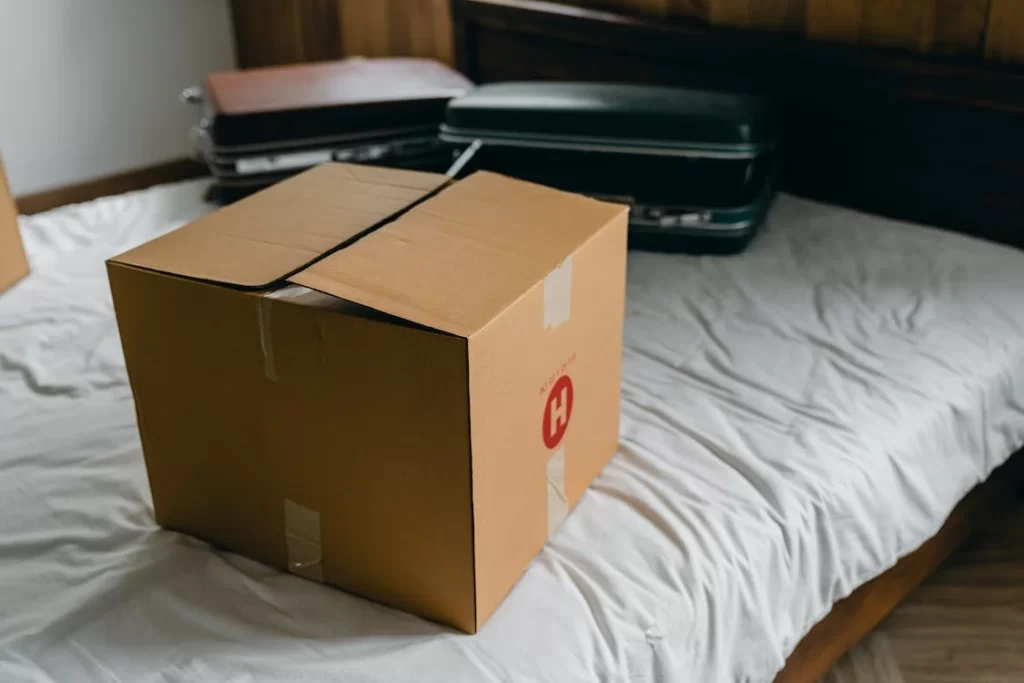
Special Tips for Specific Items
How to Pack Books:
- Use Small Boxes: Books are heavy, so small to medium-sized boxes prevent them from becoming too cumbersome.
- Pack Spines Down: Position books with their spines facing downwards to protect their bindings.
- Fill Empty Spaces: Use packing paper or bubble wrap to fill gaps, preventing books from shifting during transit.
How to Pack Dishes:
- Wrap Each Dish Individually: Use packing paper or bubble wrap for each dish, placing a layer of padding between stacked plates or bowls.
- Use Dish Boxes: Opt for sturdy boxes with dividers, which help keep dishes separated and provide extra protection.
- Label Boxes Clearly: Mark these boxes as “fragile” and indicate which side should face up.
How to Pack Clothing:
- Use Wardrobe Boxes: These boxes are perfect for hanging clothes, allowing them to remain wrinkle-free.
- Roll Clothes for Packing: Rolling instead of folding clothes saves space and reduces creasing. Pack tightly in boxes or suitcases.
- Use Vacuum Storage Bags: For bulky items like winter clothes or bedding, these bags compress items, saving significant space.
How to Pack Linens and Towels
Wrap Linens in Plastic: To protect linens from dust and moisture during the move, consider wrapping them in plastic bags or using plastic storage bins.
Label Bedding Clearly: Clearly label boxes containing linens with the type of items inside and the room they belong to for easy identification when unpacking.
Pack Delicate Items Separately: For delicate linens such as lace or embroidered items, provide extra care to prevent damage.
How to Pack Toys
Sort and Declutter: Before packing toys, sort through them and declutter any items that are broken or no longer used. This is a good time to donate or discard items that your children have outgrown.
Pack Toys by Category: Group similar toys together in separate boxes or bins, labeled with contents and destination room for easy unpacking.
Use Ziplock Bags: For small toys or pieces such as LEGO bricks or action figures, place them in ziplock bags to keep them organized and prevent loss.
How to Pack Appliances
Clean and Prep Appliances: Ensure appliances are clean and dry. Disconnect any hoses or attachments and pack them separately.
Use Original Packaging: If possible, pack appliances in their original boxes which offer optimal protection. If these aren’t available, use sturdy boxes and plenty of padding.
Secure Moving Parts: Tape down any loose components or secure doors and lids with tape to prevent them from opening during the move.
By following these detailed strategies, you ensure that every item, from books to dishes to appliances, is packed securely and efficiently, ready for a smooth transition to your new home.
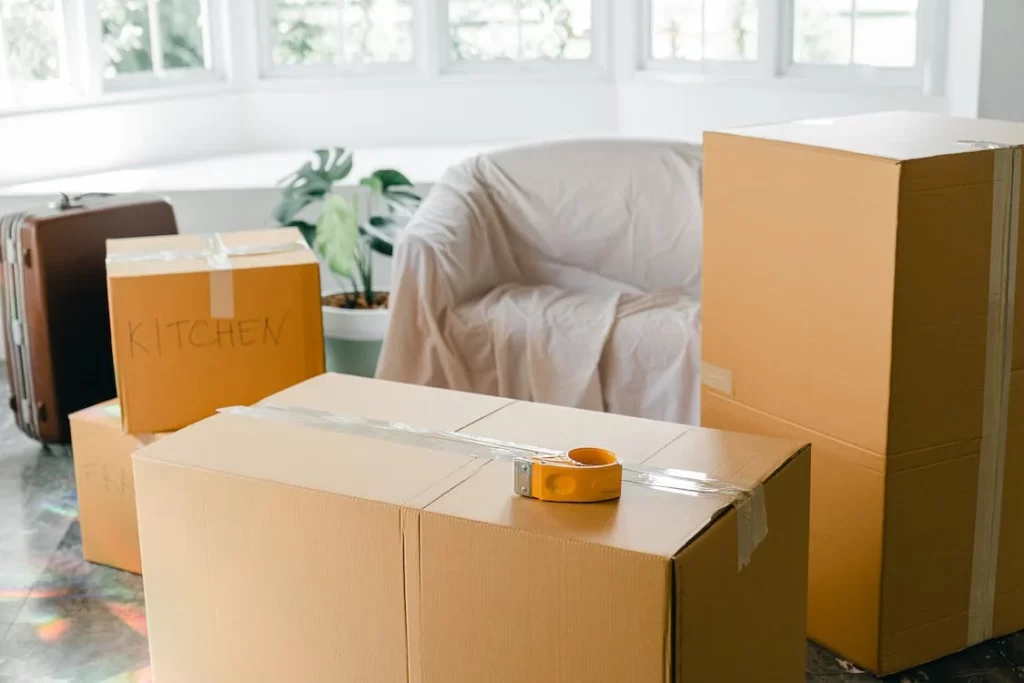
Creating an Essentials Box
When moving, it’s essential to pack an essentials box containing items you’ll need immediately upon arrival at your new home. Here’s how to create a well-packed essentials box:
How to Pack an Essentials Box for Your Move
When you move, the first few days in your new home will be easier if you have all your essentials readily available. Packing an essentials box is crucial to avoid digging through multiple boxes for your daily necessities. Here’s how to prepare an effective essentials box:
Choose the Right Box
Select a sturdy, medium-sized box that is easy to carry and will fit conveniently in your vehicle or moving truck. Ensure the box is durable enough to hold the essentials without breaking.
Pack Essential Items
It’s important to think about what you’ll need during the first few days after your move. Here are the essentials typically required:
Label Clearly
Clearly label your box as “Essentials” and mark it with bright-colored stickers or tape. This makes it easy to spot among your other moving boxes. The clear labeling will help you and your movers know that this box should be kept accessible.
Keep it Accessible
During the loading process, make sure to place the essentials box in an easily accessible location in your vehicle or moving truck. Ideally, it should go in the front seat or near the door. This positioning ensures you can quickly access your necessities upon arrival at your new home, making the first few nights more comfortable.
Additional Tips
- Double-check the box: Before sealing the box, double-check that all essential items are included. It’s easy to forget things amidst the chaos of packing.
- Pack last, unload first: This box should be the last one loaded into the vehicle and the first one taken out. This strategy minimizes the hassle of searching for your essentials when you arrive.
How to Ensure a Smooth Transition
- Unpack First: When you arrive at your new home, unpack the essentials box first before tackling other moving boxes. This will allow you to settle in comfortably without having to search for essential items.
- Restock as Needed: As you unpack and settle into your new home, keep an eye on the contents of your essentials box. Restock items as needed to ensure you have everything you need during the transition period.
Hiring Professional Packers
When it comes to packing for a move, many people opt to hire professional packers to handle the task efficiently. Here’s how to hire the right professionals for the job:
How to Research Packing Services
- Seek Recommendations: Start by asking friends, family, or colleagues who have recently moved for recommendations. Personal referrals can provide valuable insights into the quality of packing services.
- Online Research: Use online resources such as review websites, forums, and social media platforms to research packing companies in your area. Pay attention to reviews and ratings from past customers to gauge their reputation and reliability.
How to Vet Potential Packers
- Check Credentials: Verify that the packing company is licensed, bonded, and insured. This ensures that they meet industry standards and provides protection in case of any damages or accidents during the packing process.
- Read Reviews: Take the time to read reviews and testimonials from past clients. Look for feedback on their packing skills, professionalism, and overall customer satisfaction.
How to Get Quotes and Compare Services
- Request Quotes: Reach out to several packing companies and request detailed quotes for their services. Be sure to provide information about the size of your home, the number of items to be packed, and any special requirements.
- Compare Services: Compare the services offered by different packing companies, including packing materials provided, packing techniques used, and additional services such as unpacking and furniture assembly. Choose a company that offers the services that best meet your needs.
How to Ensure Clear Communication
- Ask Questions: Don’t hesitate to ask questions about the packing process, timeline, and any concerns you may have. Clear communication is key to ensuring that both parties are on the same page.
- Get Everything in Writing: Once you’ve chosen a packing company, make sure to get a written contract that outlines the services to be provided, the cost, and any other relevant details. This helps avoid misunderstandings and ensures accountability.
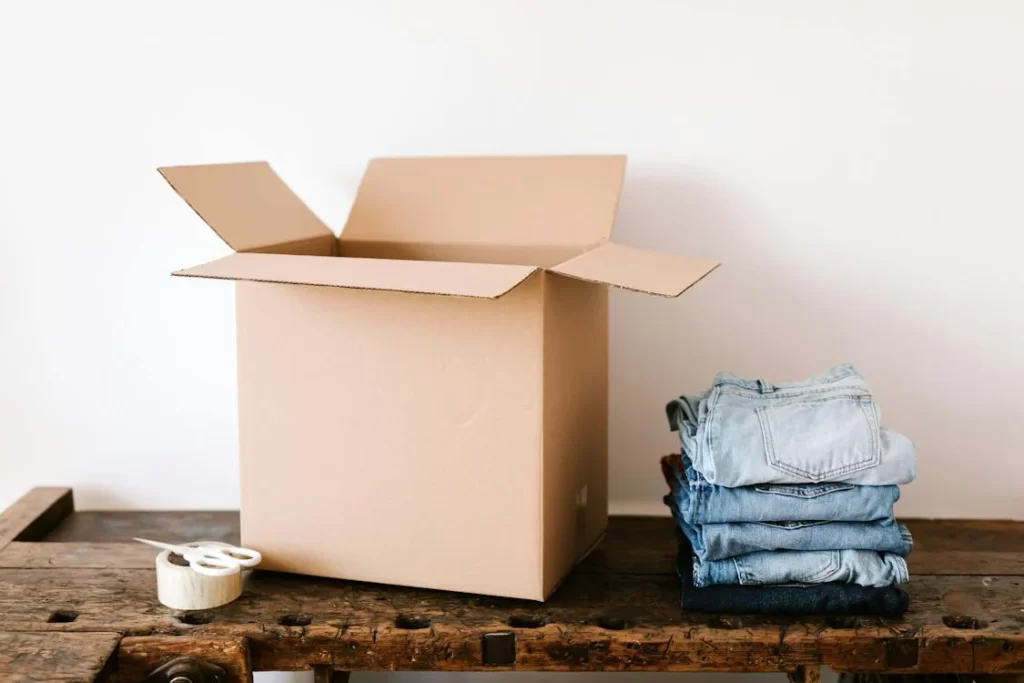
Inspecting Your Packed Items
Before the moving day arrives, it’s crucial to inspect your packed items to ensure everything is properly prepared for transport. Here’s how to conduct a thorough inspection:
How to Assess Box Integrity
- Check for Damage: Inspect each box for any signs of damage, such as tears, dents, or water stains. Damaged boxes may compromise the safety of your belongings during transit.
- Assess Box Strength: Test the structural integrity of the boxes by gently pressing on the sides and corners. Make sure they can withstand the weight of their contents without collapsing.
How to Verify Labeling Accuracy
- Review Labels: Read the labels on each box to verify that they accurately reflect the contents and destination room. Mislabeling can lead to confusion during the unpacking process.
- Check for Fragile Items: Pay special attention to boxes labeled as “fragile” or containing delicate items. Ensure that these boxes are packed securely and marked with appropriate handling instructions.
How to Address Last-Minute Packing Concerns
- Identify Missing Items: Take inventory of your belongings and cross-reference it with your packing checklist to ensure that nothing has been overlooked or left behind.
- Reinforce Packing if Necessary: If you notice any inadequately packed items or boxes, take the time to reinforce them with additional padding or packing materials to prevent damage during transit.
How to Communicate with Movers
- Share Concerns: Communicate any concerns or special instructions regarding the handling of specific items with your moving team. Clear communication helps ensure that your belongings are handled with care.
- Address Questions: Be available to answer any questions or provide clarification to the movers regarding the contents of the boxes or any other packing-related issues.
How to Document the Inspection
- Take Photos: Consider taking photos of the packed boxes before they are loaded onto the moving truck. These photos can serve as documentation in case of any disputes or insurance claims related to damages.
- Keep a Checklist: Maintain a checklist of all packed items and their corresponding boxes to track their status throughout the moving process. This checklist can help ensure that everything arrives safely at your new home.
Loading and Transporting Your Belongings
Once you’ve completed the packing process and inspected your items, it’s time to prepare for loading and transporting them to your new home. Here’s how to ensure a smooth transition:
How to Prepare for Loading
Clear Pathways: Ensure that hallways, doorways, and pathways are clear of obstacles to facilitate the movement of movers and heavy furniture.
Designate Loading Zones: Designate specific areas near your home’s entrance or garage as loading zones for easy access to the moving truck.
How to Safely Load Items
Follow Weight Guidelines: Distribute weight evenly when loading the moving truck to prevent shifting during transit. Place heavier items on the bottom and lighter items on top to maintain stability.
Use Proper Lifting Techniques: Train movers on proper lifting techniques to avoid injuries. Bend at the knees, lift with the legs, and keep the back straight when lifting heavy items.
How to Secure Items for Transport
Strap Down Furniture: Use moving straps or tie-downs to secure furniture and large items to prevent them from shifting or tipping over during transit.
Pad Fragile Items: Wrap fragile items in bubble wrap or packing blankets and place them in sturdy boxes to protect them from damage during transport.
How to Organize Items in the Truck
Create a Loading Plan: Develop a loading plan to maximize space and efficiency in the moving truck. Place large, heavy items at the back and stack boxes and smaller items on top.
Label Boxes Clearly: Ensure that all boxes are labeled with their contents and destination room to facilitate the unloading process at your new home.
How to Communicate with Movers
Provide Guidance: Offer guidance to the moving team on the loading process, pointing out any items that require special attention or handling instructions.
Address Safety Concerns: Address any safety concerns or hazards related to the loading process, such as slippery surfaces or uneven terrain.
How to Monitor the Loading Process
Supervise Loading: Supervise the loading process to ensure that items are handled carefully and loaded according to your instructions and preferences.
Perform Final Checks: Conduct a final walkthrough of your home to ensure that nothing has been overlooked or left behind before the moving truck departs.
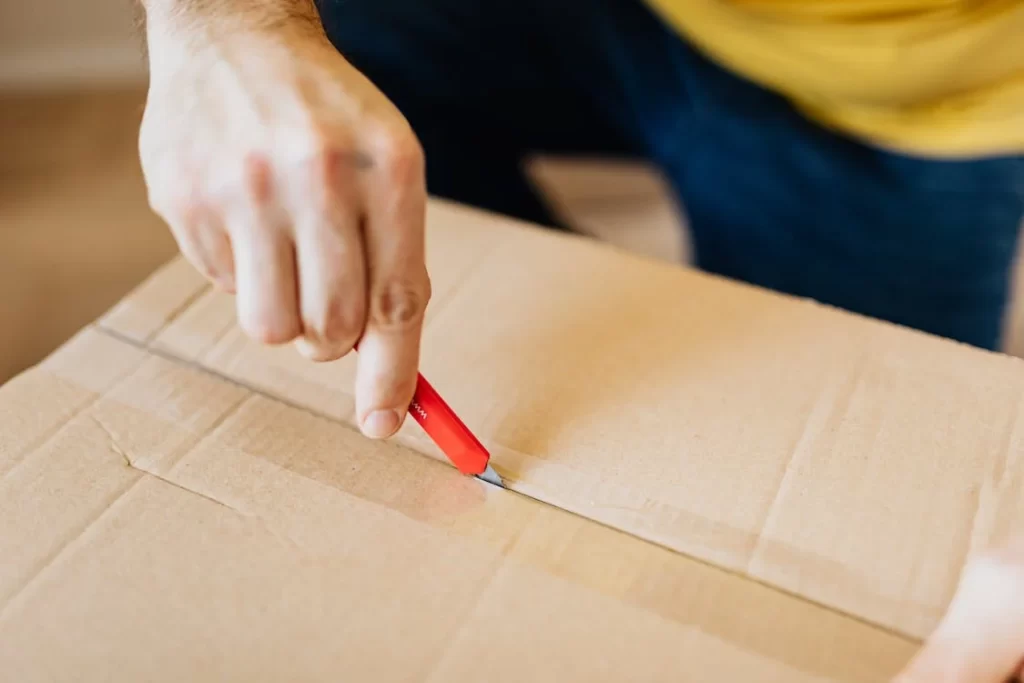
Unloading and Setting Up in Your New Home
Once the moving truck arrives at your new home, it’s time to unload your belongings and begin the process of settling in.
How to Plan for Unloading
Designate Rooms: Assign specific rooms in your new home for each category of items to streamline the unloading process.
Create an Unloading Strategy: Develop a plan for unloading the moving truck, prioritizing essential items and furniture that you’ll need immediately.
How to Safely Unload Items
Use Proper Lifting Techniques: Remind movers to use proper lifting techniques when unloading heavy items to prevent injuries.
Work as a Team: Collaborate with the moving team to unload items efficiently, directing them to the appropriate rooms as needed.
How to Protect Your New Home
Use Floor Protectors: Place floor protectors or moving blankets on high-traffic areas and delicate flooring to prevent damage during the unloading process.
Avoid Wall Damage: Take precautions to avoid damaging walls and doorways when maneuvering large furniture items into your new home.
How to Organize Items in Your New Space
Follow Your Floor Plan: Refer to your floor plan or layout to guide the placement of furniture and belongings in each room.
Prioritize Essentials: Unpack essential items first, such as bedding, toiletries, and kitchen supplies, to ensure comfort and functionality from the start.
Ready to Make Your Move a Breeze?
From packing efficiently to setting up your new home carefully, every step you take will bring you closer to a successful and stress-free move. So take a deep breath, stay organized, and embrace the adventure ahead. With the right mindset and approach, you’ll soon settle into your new home and create cherished memories in your new space.
Whether you’re moving across town or simply next door, our professional movers at 680 Movers are here to help. Contact us today for a free, non-obligation quote and enjoy a seamless transition into your new home. Whether you need professional packing services or choose to handle packing on your own – we will be there every step of the way. Let’s get moving!